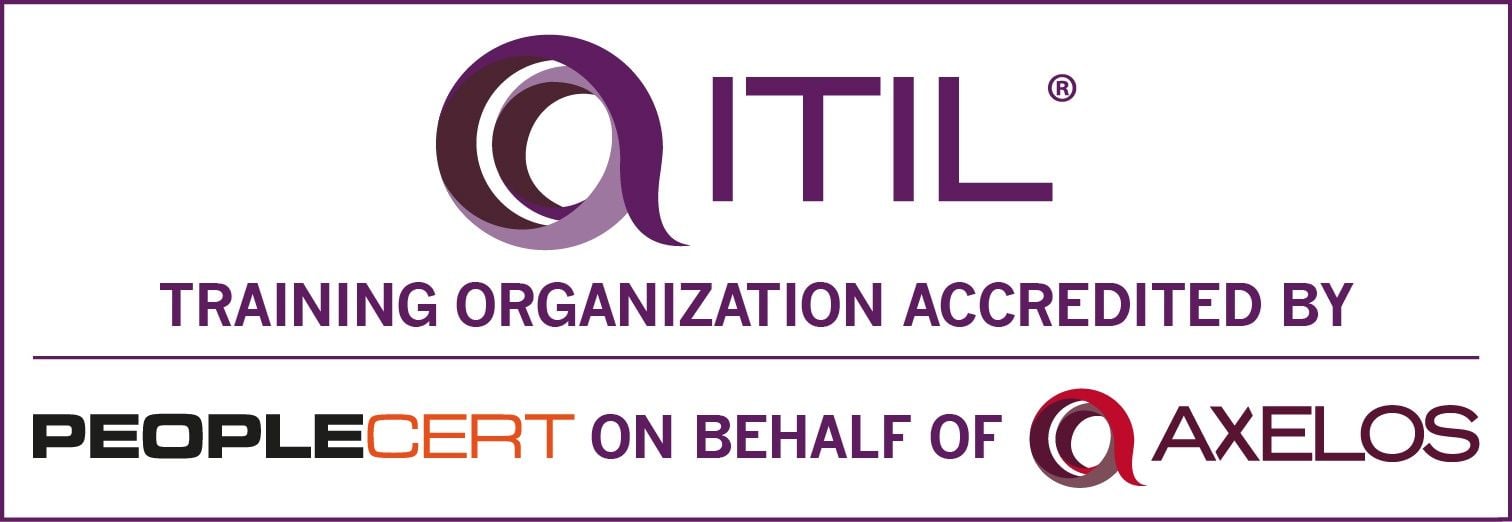Be Proactive to Prevent Staffing Holes
We all know that we have two weeks, at most, to fill a position, but too often we are stuck either hiring warm bodies or putting extra workload on our team. It’s better to prepare for the inevitable departures. Here’s how.
Too often, we take a reactive approach to staffing. Sometimes an employee needs to be released for cause with little forewarning. With resignations, rarely is more than two weeks’ notice given by an employee who tenders their resignation, and even then there is risk associated with keeping short-timers on staff – even if they’ve been great employees.In all of these cases, the hiring cycle is rarely as short as the time required to hire and train a replacement for a departing employee. Consequently, either the position remains open until the entire hiring cycle runs its course, or a warm body approach is taken to fill the position as quickly as possible.
The former approach – waiting to fill with the right candidate – can result in critical tasks being missed or other members of the team being forced to take on a bigger share of the workload. The more critical of tasks that the departing employee had, the more likely it is that there will be misses in the wake of their departure. If others are expected to pick up the slack until the new hire is onboarded and trained, there still may be cases where tribal knowledge wasn’t shared, and there will be a perceptible reduction in quality of work outputs. In addition, asking others to take on more work may lead to stress, fatigue, burnout, and potentially even more attrition.
The latter approach – plugging in a warm body – pins its hopes on someone unprepared for the role to jump in and do the job, regardless of fitment and readiness for duty. With this approach, there likely will be a noticeable drop in productivity and quality of work outputs. Regardless of how much knowledge transfer is done – if any – an unprepared replacement will rarely approach anything close to the quantity and quality of work as their predecessor.
With this approach, we’re lucky if we get a week or two of knowledge transfer from the departing resource to their identified replacement. And yet, we need to fill the position, so we do and hope the replacement catches on quickly – like slapping wallpaper on a wall and hoping it sticks.
So what can be done? We’re not going to get departing resources to stay longer just to train their successors. As such, there are really two viable options available:
Have a pipeline of candidates at all times
- Work with recruiters – internal and external – to keep active resumes in front of you at all times for any and all key roles.
- Clearly define the tasks, duties, required abilities, and competencies so recruitment can be continuous for these roles.
- Review the profiles and give feedback to the recruiting team so they know if they’re on the right track.
- Maintain those resumes in a file should the need arise to act quickly to fill a key role.
- Finally, keep an emergency personnel requisition open at all times, so there are no administrative delays in backfilling should the need arise.
Have bench strength ready at all times
- Always cross-train team members so that there are no single-points-of-failure.
- If you can’t be two deep in bench strength on any key task, duty, or responsibility, then be three deep. If the primary person leaves, then you already have ready resources prepared to take on the most important aspects of their role.
- And don’t simply add those duties to the backup’s existing workload. Be creative in how you can reward them for being a great team player. Get to know them and reward them accordingly – movie tickets, a comp PTO day, or whatever it is that appeals to them.
- Identify key players on your team and what specific tasks and duties they and they alone understand and execute.
- Get the critical resource to document or update their procedures, then give them the opportunity to provide input on who they think has the right skillset to help them in sharing some of their workload.
- Have them engaged in training their backups and oversee the backup actually executing the work for a period of time.
As leaders, we can ensure we don’t have to just make do in most situations. Personnel change happens - the best step is to be prepared.

)
)
)
)
)
)
)
)
)
